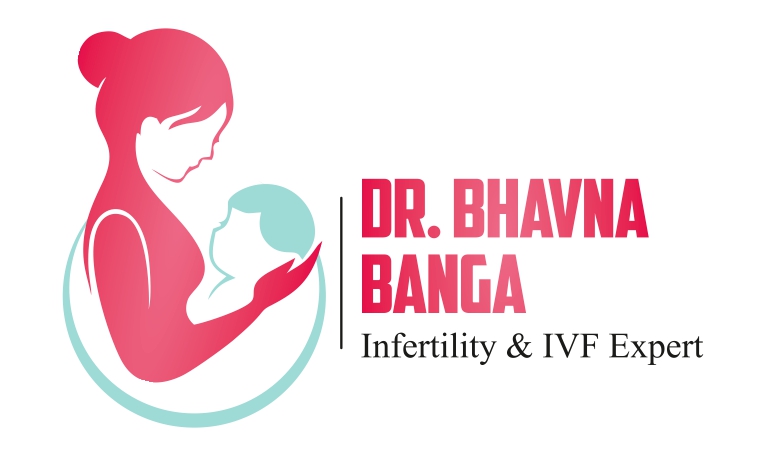What is PGD/PGS?
Parents carrying diseases or health conditions that could be genetically transferred to their babies require screening to ensure that their kids are free from those diseases. In case of normal couples, even if they do not have any visible problem, it is possible that they might transfer some deadly disease or health condition to their babies. But in all such cases, since the pregnancy is naturally occurring, there is no way to screen or diagnose the condition.
However, if the couple is facing problems to conceive and is undergoing infertility treatment based on ART, then it is recommended to ask your doctor about PGD/PGS.
PGD – It is Preimplantation Genetic Diagnosis. It is carried out on one of the cells taken from the embryo. In normal scenario, this test is conducted when the embryo is in 6-8 stage cells, which is generally the third day after fertilization. PGD, however, is carried out to diagnose any or some diseases that is already present in the parents and doctors suspect high chances of genetic transfer of those diseases. PGD is also related to examining the egg and its genetic content before it is fertilized with sperm. These tests are highly effective in determining and preventing miscarriage in case of women who are older than 35 years of age.
PGS – It is Preimplantation Genetic Screening. It is carried out to test complete chromosomal and genetic condition of embryo. PGS is deemed necessary to screen congenital genetic problems caused due to incorrect number of chromosomes in cells. Normally, a healthy human has 23 pairs of chromosomes in their cells; but if there is presence of less chromosome or extra chromosome then people suffer from various serious health problems that are known to cause mental impairment and also death.
Indications
- Recurrent implantation failure.
- Bad Obstetrics History (BOH).
- Advanced maternal age.
- Family history of genetically transmitted disease .
At what stage is it carried out ?
This can be carried out on day 3 embryo on the blastomere or on 5 embryo, by taking the trophoectiderm biopsy.
Rationale of treatment
To detect numerical chromosomal abnormalities (PGS).
How is it carried out?
Ideally the trophiectoderm biopsy yields the best result, in such a case the blastocyst needs to be frozen and then transferred in the subsequent cycle.
However, the blastomere biopsy, on a day 3 embryo, can be carried out, with the subsequent fresh transfer on day 5. In that scenerio, the incidence of mosaism is high and can give, false negative result, as it may not be representative of of the cohort.
Video
